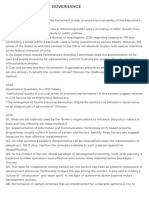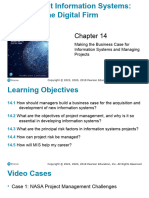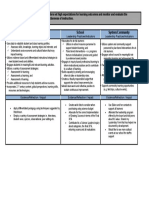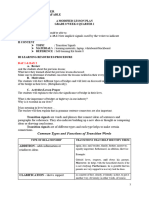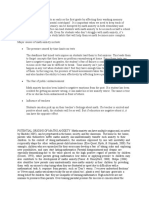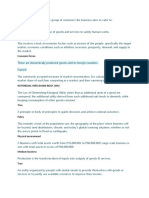0% found this document useful (0 votes)
42 views13 pagesGovernance Model Questions
The document discusses various governance-related topics, including the Digital India Land Records Modernisation Programme (DILRMP), the role of think tanks in India, citizen-led platforms like Jan Soochna Portal, the Right to Service Acts, and the Unified Health Interface under Ayushman Bharat. It highlights the successes and challenges of these initiatives in promoting transparency, accountability, and effective service delivery. The document emphasizes the importance of community involvement, legal frameworks, and digital empowerment in enhancing governance and citizen engagement.
Uploaded by
vanshikaaga2004Copyright
© © All Rights Reserved
We take content rights seriously. If you suspect this is your content, claim it here.
Available Formats
Download as PDF, TXT or read online on Scribd
0% found this document useful (0 votes)
42 views13 pagesGovernance Model Questions
The document discusses various governance-related topics, including the Digital India Land Records Modernisation Programme (DILRMP), the role of think tanks in India, citizen-led platforms like Jan Soochna Portal, the Right to Service Acts, and the Unified Health Interface under Ayushman Bharat. It highlights the successes and challenges of these initiatives in promoting transparency, accountability, and effective service delivery. The document emphasizes the importance of community involvement, legal frameworks, and digital empowerment in enhancing governance and citizen engagement.
Uploaded by
vanshikaaga2004Copyright
© © All Rights Reserved
We take content rights seriously. If you suspect this is your content, claim it here.
Available Formats
Download as PDF, TXT or read online on Scribd
/ 13






























